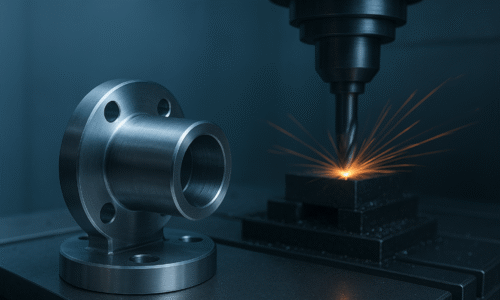Chinese antiques and fossils continue to be some of the oldest findings in the world even in the present day and age. Chinese civilizations have their origins from the Yellow River Delta where some of the oldest Chinese dynasties such as the Xia, Shang, and Zhou dynasties emerged. Some believe that this piece of land was once at the center of the Earth and the origin of all of humanity, religion, tradition, culture, development, society, and much more. This results to having lots of unique Chinese antiques still around. Let’s take a deeper look into what we now call Chinese civilization.
Foundations Of Early Chinese Civilizations
Almost 100,000 to 500,000 years ago, the hominid species inhabited parts of Northern China before the existence of human beings or homo sapiens. These hominid fossils, sometimes also referred to as the Peking man, were one of the first creatures that looked similar to present day humans. Hominids could keep their body upright to walk with two legs and they had an average height less than present day humans. The males had an average height of 5.1 feet (1.56 meters) and females had an average height of 4.7 feet (1.44 meters).
The size of the skull of a hominid, about 850 to 1220cc, was twice the size of the skull of a chimpanzee, gorilla, or other higher primate but still smaller than present day humans 1350cc. The structure of the skull was different with much more prominent and protruding eyebrows like the ledges of a house. The hominids had a wide face with a flat nose and mouth with a defined jawline. The fossils of hominids have been found in close connection to thousands of instruments and contraptions made out of bones, horns, or stones.
The materials of the bones and structure of the legs of hominids are similar to that of modern man. These hominids have approximately five attributes that are common with the fossils found of the modern man of East Asia.
The Palaentrophus Age
The Palaentrophus age began more than 100,000 years ago and there are fossils throughout the country from this era. One of the famous fossils from this era is the Maba man which was discovered in southern China in the district of Quijang, Guangdong. The Dingcun man is another famous fossil that may be even older than the Maba man. Fossils of the Dingcun man were found in Northern China in the district of Xiangfen, Shanxi.
The Neoanthropus Age
The Neoanthropus Age began about 40,000 years ago and this is when humanity made significant advances in the fields of fishing, hunting, and matriarchal communities started to develop. Remnants of people from this time have been found in southern China. Some of the famous fossils found in this area from this time include the Qilishan man and the Liujiang man which were found in the autonomous region of Guangxi Zhuang. The Chinese civilizations continued to evolve during the ice age or the Pleistocene epoch. The Earth was covered in a thick coat of ice ranging between 2,300 feet in the Ural Mountains and almost 6,500 feet in Europe in the Pleistocene era.




